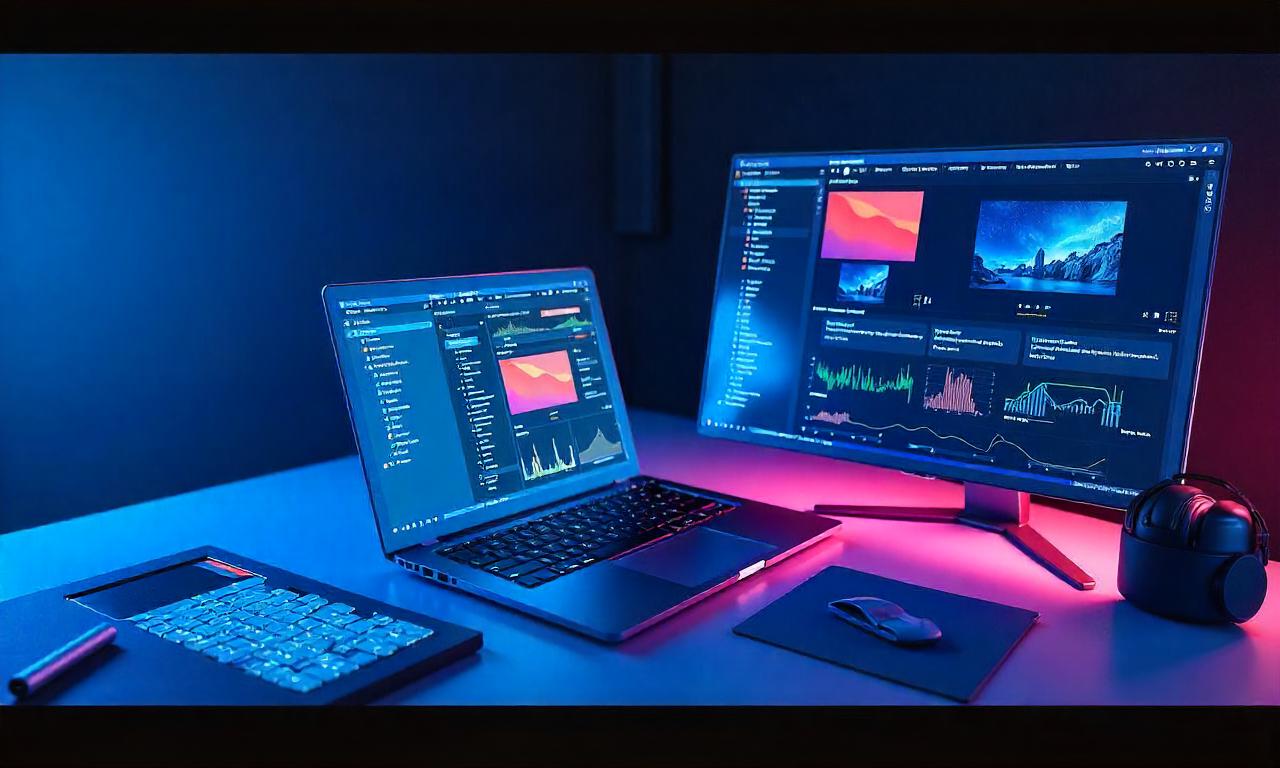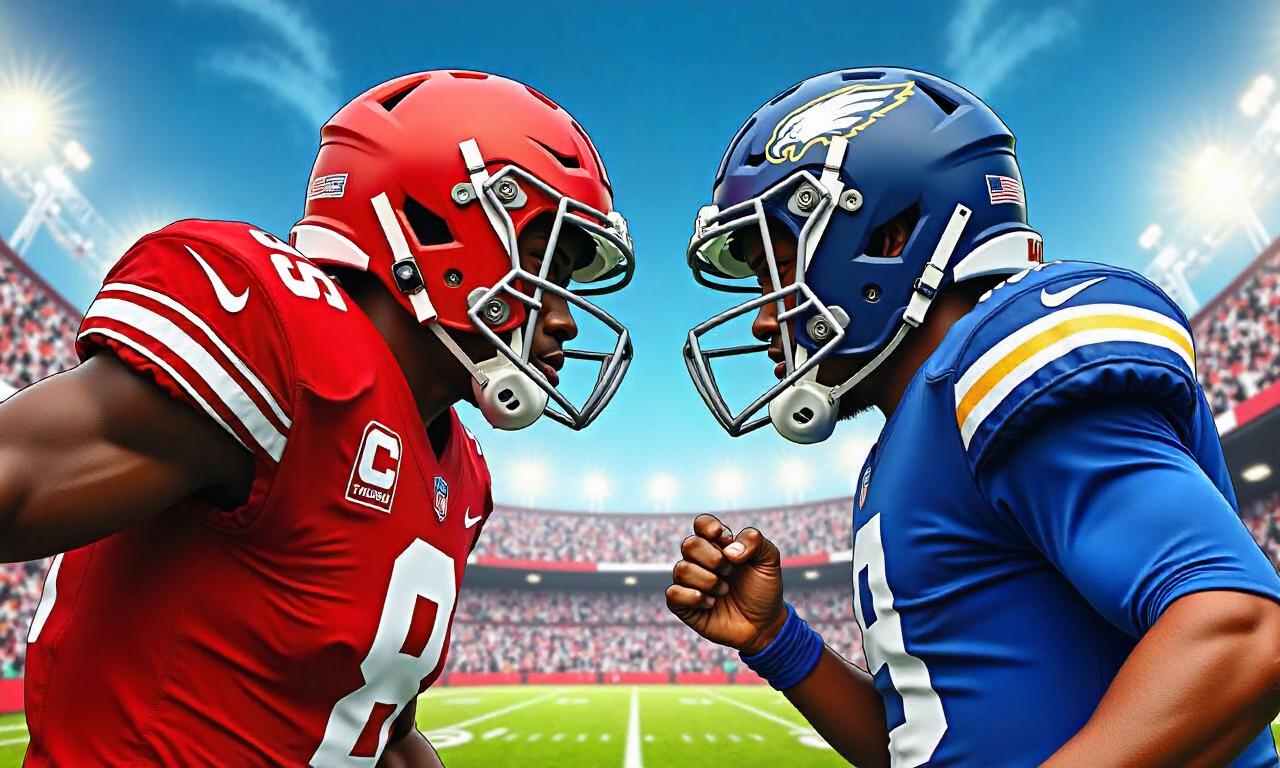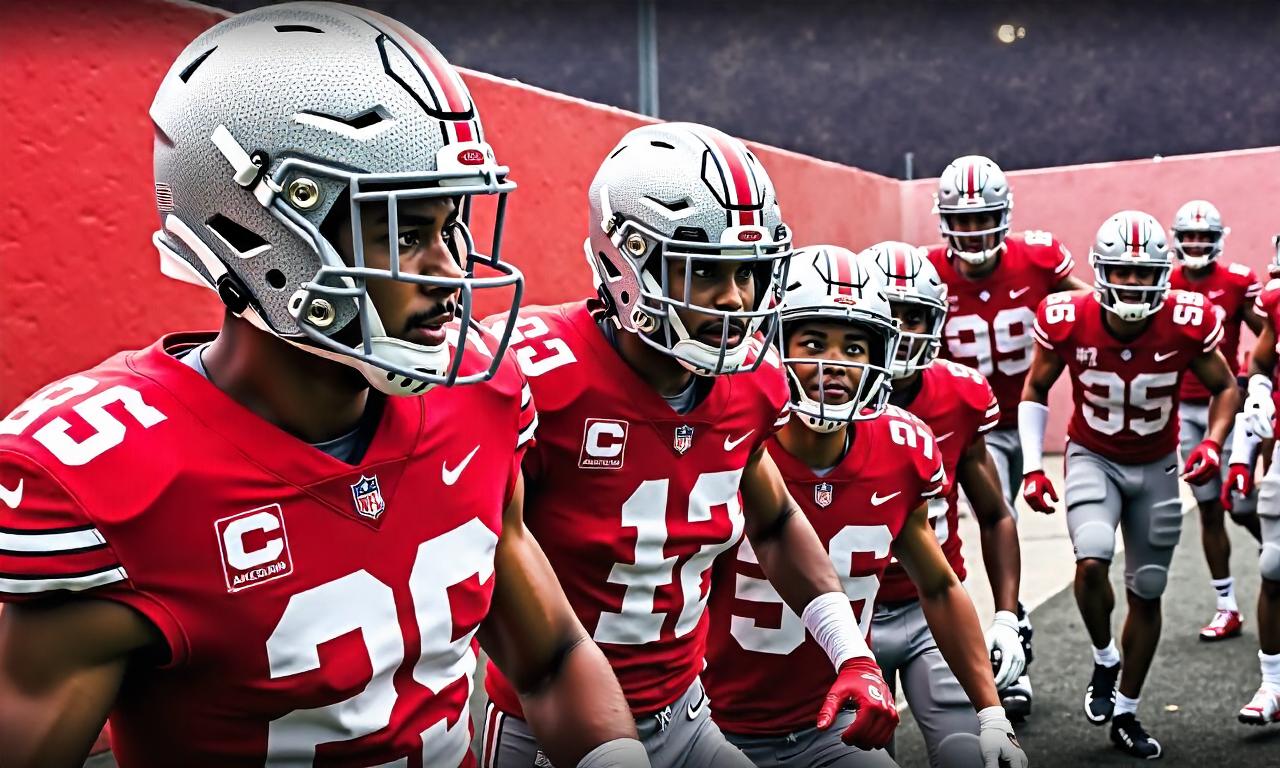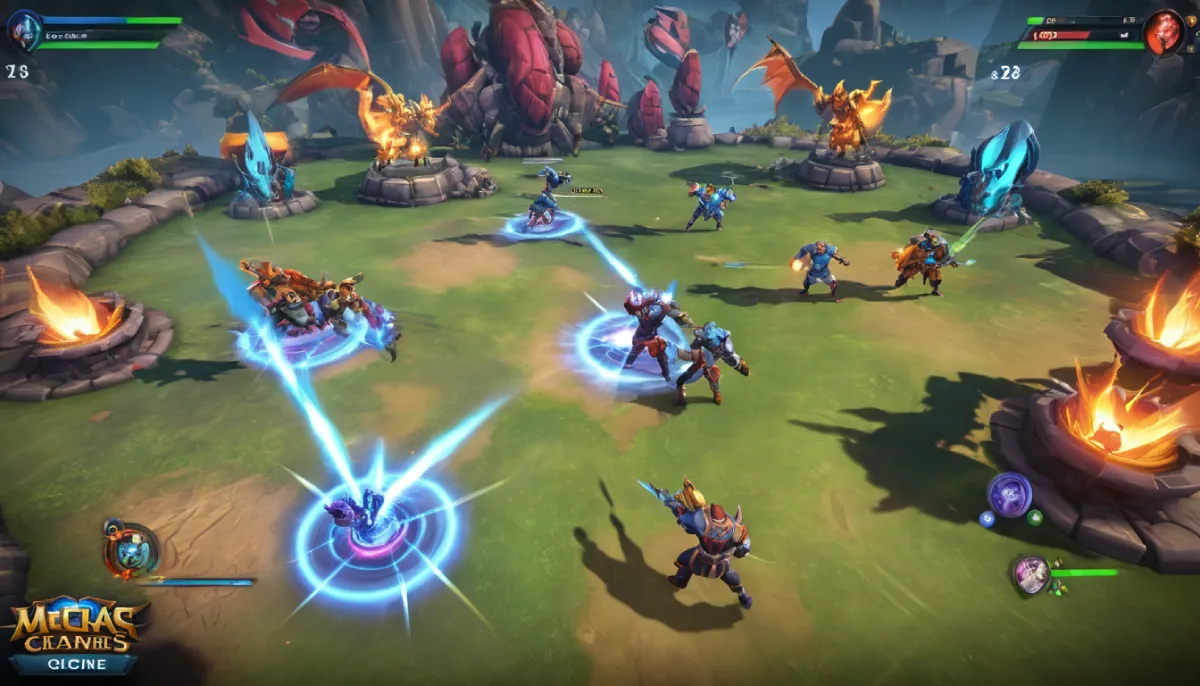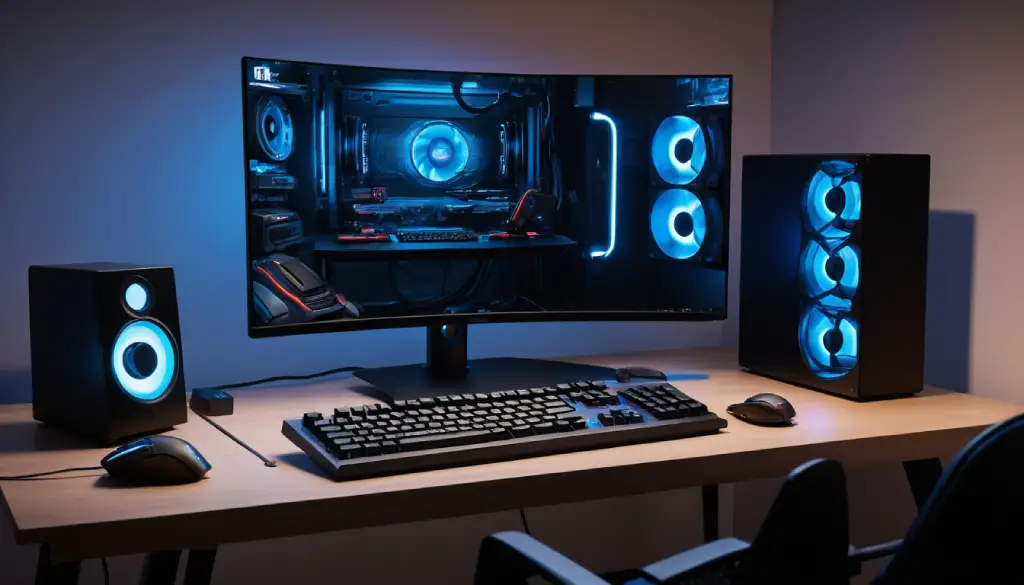Google Stadia, Xbox Game Pass, and PlayStation Now have ushered in a new era of gaming with the introduction of cloud gaming, a term that would have been unfamiliar just a decade ago. The concept is straightforward: rather than purchasing a console and physical discs, games are streamed to any compatible display, akin to the model used by Netflix. But what exactly is cloud gaming, and how does it function?
We delve into the intriguing origins, demystify the technology behind it, and explore the diverse array of platforms available today to provide a comprehensive understanding of cloud gaming.
Understanding Cloud Gaming
Cloud gaming, also known as gaming on demand or gaming-as-a-service, is a method of playing video games where the processing power and computing resources needed to run the game are hosted on remote servers in data centers rather than on the user’s local device.
This allows gamers to play high-quality, resource-intensive games on devices with lower hardware specifications, such as smartphones, tablets, or low-end computers, by streaming the game content over the internet.
Instead of downloading and installing the entire game, players access the game through a streaming service, where the game is rendered and processed on the remote server, and the video and audio are streamed back to the player’s device in real-time.
Imagine it as akin to Netflix or any streaming service you enjoy. The twist? The server delivering the video feed can also register and respond to your commands. This eliminates the necessity for a powerful RTX 30-series GPU or the latest gaming consoles like Xbox Series X or PlayStation 5.
With cloud gaming, a dependable internet connection is all that’s required. This flexibility opens up myriad opportunities. You could attach a phone clip and delve into the newest AAA titles on your smartphone or launch a cloud gaming application on a Chromebook for portable PC gaming. Although cloud gaming holds immense promise, the technology is still in its nascent stages, awaiting full maturity.
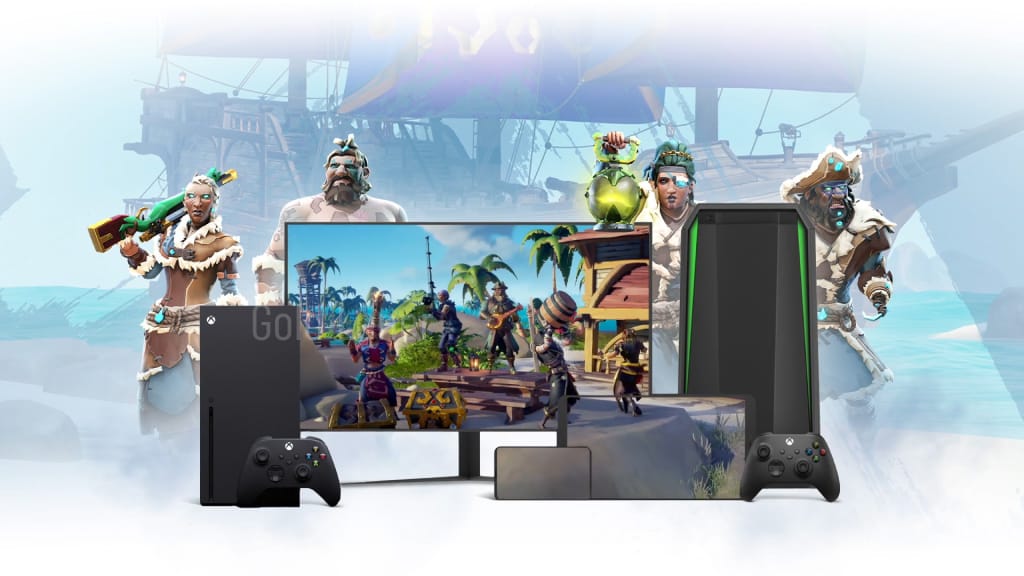
How Does Cloud Gaming Work?
Cloud gaming often demands a subscription paid monthly or yearly for access to its content. Additional purchases may be necessary for certain services.
Take GeForce Now, for instance. Games are sourced from platforms like Steam or Battle.net, allowing local use upon hardware purchase. However, a queue system for streaming and limited playtime exists unless you subscribe, which boosts your priority and play duration.
Nvidia’s rival, Google Stadia, adopts a distinct approach. Games bought on its platform can be streamed in full HD across compatible devices without delays. Subscribing enhances resolution to 4K and grants access to a library of “free” games as long as the subscription is active, similar to Xbox Game Pass. Unlike GeForce Now, Stadia’s games can’t be locally downloaded or installed.
Cloud gaming services usually offer dedicated or web-based apps for game streaming. For example, Google Stadia is accessible via a web app on desktops and through Safari on Apple devices. Android users access it via a dedicated app on the Play Store. Regardless of the device, players initiate the streaming session with a simple tap or click.
Most cloud streaming services support the latest controllers via Bluetooth, as well as the traditional mouse and keyboard setup. Devices with touchscreens offer on-screen controls, even supported by Google Stadia, except when streaming via Chromecast Ultra, which requires the Stadia Controller.
On the cloud end, access to a gaming PC in a data center is provided. Each service manages its servers differently. Shadow offers a full Windows 10 machine in the cloud, while Microsoft’s Game Pass streaming utilizes a collection of Xbox One S consoles in a server rack. Despite the setup, users borrow computing power from a supercomputer.
Game rendering is handled by servers, which send a video stream to users. However, player input necessitates a two-way data street. Your actions are transmitted to the server, which responds with a video stream, making player engagement integral to the system’s functionality.
Why is Cloud Gaming Becoming Popular Now?
Cloud gaming’s main obstacle has long been its infrastructure. Early endeavors like OnLive and Gaikai faltered due to bandwidth limitations and restricted services. However, advancements in cloud networks by industry giants such as Microsoft, Google, and Amazon have revolutionized the landscape. These robust networks facilitate global accessibility, empowering various cloud gaming platforms to swiftly expand across regions.
Beyond the technical intricacies, cloud gaming’s current rise in popularity is attributable to its functionality. While initial pioneers struggled with evolving technology, their limited performance and reach hindered mainstream adoption. Now, with substantial backing from tech giants, cloud gaming boasts reduced latency, enhanced frame rates, and simplified setup procedures. Platforms like Stadia and GeForce Now have mastered fundamental performance aspects, allowing them to emphasize the practical advantages of cloud gaming.
One of its most compelling features is the freedom from storage concerns. Users no longer face hefty downloads, as everything is accessed through the streaming service’s application. Gone are the days of massive 100GB downloads for games like Call of Duty. Additionally, there’s no need for constant component upgrades. Instead of investing in expensive consoles for high-quality gaming experiences, players can purchase games directly and start playing immediately.
Above all, cloud gaming epitomizes convenience. Its cross-device compatibility ensures gameplay across various screens and hardware configurations. This accessibility significantly lowers entry barriers for multiplayer live-service games like Destiny 2, enabling players to join in without committing to specific consoles or PCs. While cloud gaming is unlikely to supplant traditional hardware entirely, it seamlessly complements it, already reshaping the gaming landscape.
Popular Cloud Gaming Platforms
Several leading tech companies have ventured into the cloud gaming space, each offering its own unique platform and services. Google Stadia, NVIDIA GeForce Now, Xbox Cloud Gaming (formerly known as Project xCloud), and PlayStation Now are among the most notable cloud gaming platforms available today, each catering to different audiences and preferences.
Conclusion
In conclusion, cloud gaming represents a paradigm shift in the gaming landscape, offering unparalleled convenience, flexibility, and accessibility to players of all backgrounds. With its ability to deliver high-quality gaming experiences across a diverse range of devices, cloud gaming is poised to reshape the way we play and interact with video games in the years to come.
FAQ
What devices are compatible with cloud gaming platforms?
Cloud gaming platforms are compatible with a wide range of devices, including smartphones, tablets, PCs, laptops, and smart TVs.
Is a high-speed internet connection necessary for cloud gaming?
Yes, a stable and high-speed internet connection is essential for a smooth and uninterrupted cloud gaming experience.
Can cloud gaming replace traditional gaming consoles?
While cloud gaming offers a compelling alternative to traditional gaming consoles, it is unlikely to completely replace them, as some users prefer the tactile experience of physical hardware.
How much does cloud gaming cost?
The cost of cloud gaming varies depending on the platform and subscription plan chosen, with some offering free tiers and others requiring monthly or yearly subscriptions.
Are there any privacy or security concerns with cloud gaming?
Privacy and security concerns are inherent in any online service, and cloud gaming is no exception. Users should exercise caution and adhere to best practices to safeguard their personal information and gaming data.



